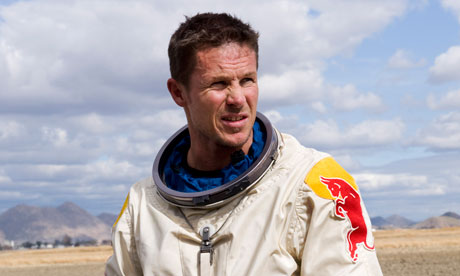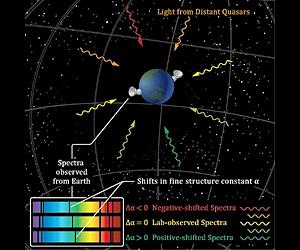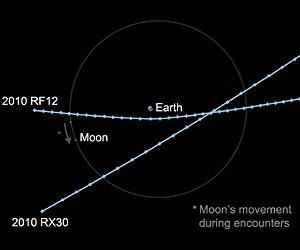
From Discover Magazine:
Crank up the gloom and doom: Global apocalypse could be just around the corner, and you might never see it coming—unless you read this article.
Fashions come and go in all human endeavors—even eschatology, the study of the end of the world.
Back in the 1980s, our planet seemed sure to perish in a nuclear barrage, and songs about atomic apocalypse were at the top of the charts: Cue Prince’s “1999” (“Everybody’s got a bomb/We could all die any day”). By the 1990s, death by asteroid impact was all the rage. After 9/11 and the 2001 anthrax attacks, worries turned to a bioweapon unleashed by a terror group. The latest obsession is plague, delivered in the metaphorical form of vampires and zombies—especially zombies, since vampires have developed an unseemly fondness for chaste romance.
Read more ....














































